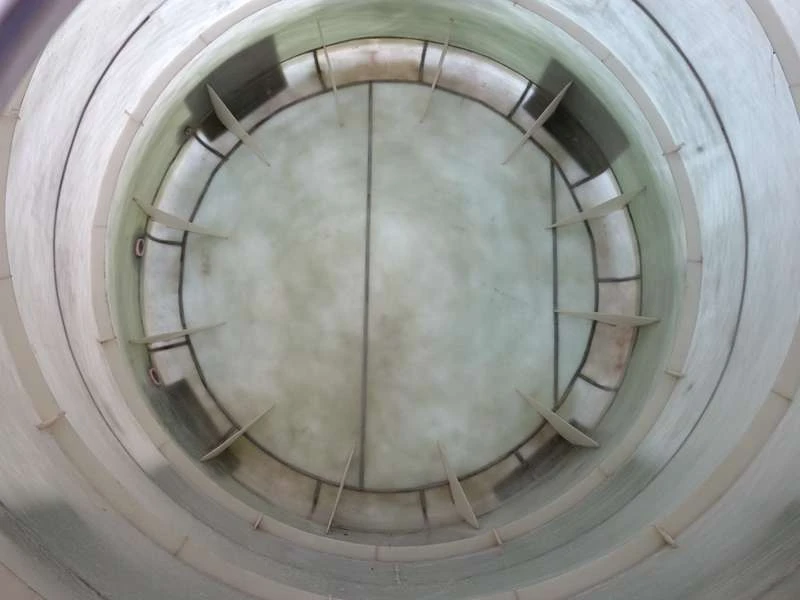
-
 Afrikaans
Afrikaans -
 Albanian
Albanian -
 Amharic
Amharic -
 Arabic
Arabic -
 Armenian
Armenian -
 Azerbaijani
Azerbaijani -
 Basque
Basque -
 Belarusian
Belarusian -
 Bengali
Bengali -
 Bosnian
Bosnian -
 Bulgarian
Bulgarian -
 Catalan
Catalan -
 Cebuano
Cebuano -
 China
China -
 China (Taiwan)
China (Taiwan) -
 Corsican
Corsican -
 Croatian
Croatian -
 Czech
Czech -
 Danish
Danish -
 Dutch
Dutch -
 English
English -
 Esperanto
Esperanto -
 Estonian
Estonian -
 Finnish
Finnish -
 French
French -
 Frisian
Frisian -
 Galician
Galician -
 Georgian
Georgian -
 German
German -
 Greek
Greek -
 Gujarati
Gujarati -
 Haitian Creole
Haitian Creole -
 hausa
hausa -
 hawaiian
hawaiian -
 Hebrew
Hebrew -
 Hindi
Hindi -
 Miao
Miao -
 Hungarian
Hungarian -
 Icelandic
Icelandic -
 igbo
igbo -
 Indonesian
Indonesian -
 irish
irish -
 Italian
Italian -
 Japanese
Japanese -
 Javanese
Javanese -
 Kannada
Kannada -
 kazakh
kazakh -
 Khmer
Khmer -
 Rwandese
Rwandese -
 Korean
Korean -
 Kurdish
Kurdish -
 Kyrgyz
Kyrgyz -
 Lao
Lao -
 Latin
Latin -
 Latvian
Latvian -
 Lithuanian
Lithuanian -
 Luxembourgish
Luxembourgish -
 Macedonian
Macedonian -
 Malgashi
Malgashi -
 Malay
Malay -
 Malayalam
Malayalam -
 Maltese
Maltese -
 Maori
Maori -
 Marathi
Marathi -
 Mongolian
Mongolian -
 Myanmar
Myanmar -
 Nepali
Nepali -
 Norwegian
Norwegian -
 Norwegian
Norwegian -
 Occitan
Occitan -
 Pashto
Pashto -
 Persian
Persian -
 Polish
Polish -
 Portuguese
Portuguese -
 Punjabi
Punjabi -
 Romanian
Romanian -
 Russian
Russian -
 Samoan
Samoan -
 Scottish Gaelic
Scottish Gaelic -
 Serbian
Serbian -
 Sesotho
Sesotho -
 Shona
Shona -
 Sindhi
Sindhi -
 Sinhala
Sinhala -
 Slovak
Slovak -
 Slovenian
Slovenian -
 Somali
Somali -
 Spanish
Spanish -
 Sundanese
Sundanese -
 Swahili
Swahili -
 Swedish
Swedish -
 Tagalog
Tagalog -
 Tajik
Tajik -
 Tamil
Tamil -
 Tatar
Tatar -
 Telugu
Telugu -
 Thai
Thai -
 Turkish
Turkish -
 Turkmen
Turkmen -
 Ukrainian
Ukrainian -
 Urdu
Urdu -
 Uighur
Uighur -
 Uzbek
Uzbek -
 Vietnamese
Vietnamese -
 Welsh
Welsh -
 Bantu
Bantu -
 Yiddish
Yiddish -
 Yoruba
Yoruba -
 Zulu
Zulu
Innovative Applications and Benefits of Fiberglass Reinforced Pipe in Various Industries
Understanding Fiberglass Reinforced Pipe (FRP)
Fiberglass Reinforced Pipe (FRP) is a composite piping solution that has gained significant popularity in various industries due to its unique properties and advantages. Composed of a polymer matrix reinforced with glass fibers, FRP offers a combination of strength, lightweight, and resistance to corrosion that traditional piping materials often fail to provide. This article delves into the composition, benefits, applications, and limitations of FRP in contemporary engineering and construction.
Composition and Manufacturing
The primary constituents of FRP are thermosetting or thermoplastic resin and glass fibers. The manufacturing process involves combining these materials in a manner that optimally disperses the glass fibers throughout the resin. This can be achieved through several methods, including filament winding, hand lay-up, and pultrusion. The selected method significantly affects the performance and application of the final product.
Filament winding, for example, is known for producing strong, lightweight pipes suitable for high-stress applications. Hand lay-up, on the other hand, allows for more intricate designs and is often used for custom fittings and complex geometries. Regardless of the method employed, the final product boasts a non-corrosive, durable, and lightweight alternative to conventional materials like steel and concrete.
Advantages of FRP
One of the most notable benefits of FRP is its high resistance to chemical corrosion. Unlike metal pipes, which can degrade in harsh environments, FRP pipes are impervious to a wide variety of chemicals, making them ideal for industries such as chemical processing, wastewater treatment, and oil and gas. This property not only extends the lifespan of the pipe but also reduces maintenance costs, essential for budget-conscious projects.
Understanding Fiberglass Reinforced Pipe (FRP)
Thermal insulation is another advantage of FRP pipes. The materials used in their construction have low thermal conductivity, which reduces heat losses and energy consumption in applications such as HVAC systems and industrial processes. This characteristic contributes to a more energy-efficient operation overall.
fiberglass reinforced pipe

Applications
FRP has a diverse range of applications across various sectors. In the oil and gas industry, it’s used for transporting corrosive fluids where traditional materials would fail. Additionally, it is commonly employed in the construction of water and wastewater infrastructure, including treatment plants and pipelines, due to its resistance to aggressive substances.
In the aerospace and automotive sectors, FRP components are utilized for their lightweight yet strong characteristics, which help improve fuel efficiency and performance. Furthermore, in construction and civil engineering, FRP proves advantageous for rehabilitation of aging infrastructure, such as bridges and tunnels, by providing an effective and non-invasive method of reinforcement.
Limitations
Despite its many benefits, FRP is not without limitations. Its initial cost can be higher than conventional materials, which may deter some projects in budget-sensitive scenarios. Moreover, while FRP has excellent tensile strength, it may not perform as well under certain circumstances, such as extreme temperatures or as a structural support where metal might be necessary.
Another caveat is the need for skilled labor for installation and maintenance, as improper handling can compromise its integrity. Additionally, the long-term effects of UV exposure can lead to degradation unless properly coated or treated.
Conclusion
Fiberglass Reinforced Pipe (FRP) represents a significant advancement in piping technology, combining strength, lightweight characteristics, and incredible resistance to corrosion. With its vast applications ranging from chemical processing to civil engineering, FRP proves to be an innovative solution for modern industry challenges. While its limitations must be considered, the advantages it offers make it a valuable material in a variety of applications, ensuring its continued use and development in the future.
Latest news
-
Oblate Tanks: Space-Saving, Durable Liquid Storage SolutionsNewsAug.27,2025
-
High-Performance Piping System Solutions for Industry & Commercial UseNewsAug.26,2025
-
Precision Fittings: Durable & Reliable Industrial & Plumbing SolutionsNewsAug.25,2025
-
Practical Steps: Unlock Success with Our Proven GuidesNewsAug.24,2025
-
Transport Tanks: Safe, Durable & Efficient Liquid HaulingNewsAug.23,2025
-
High-Quality Piping Systems for Efficient Flow & DurabilityNewsAug.22,2025









